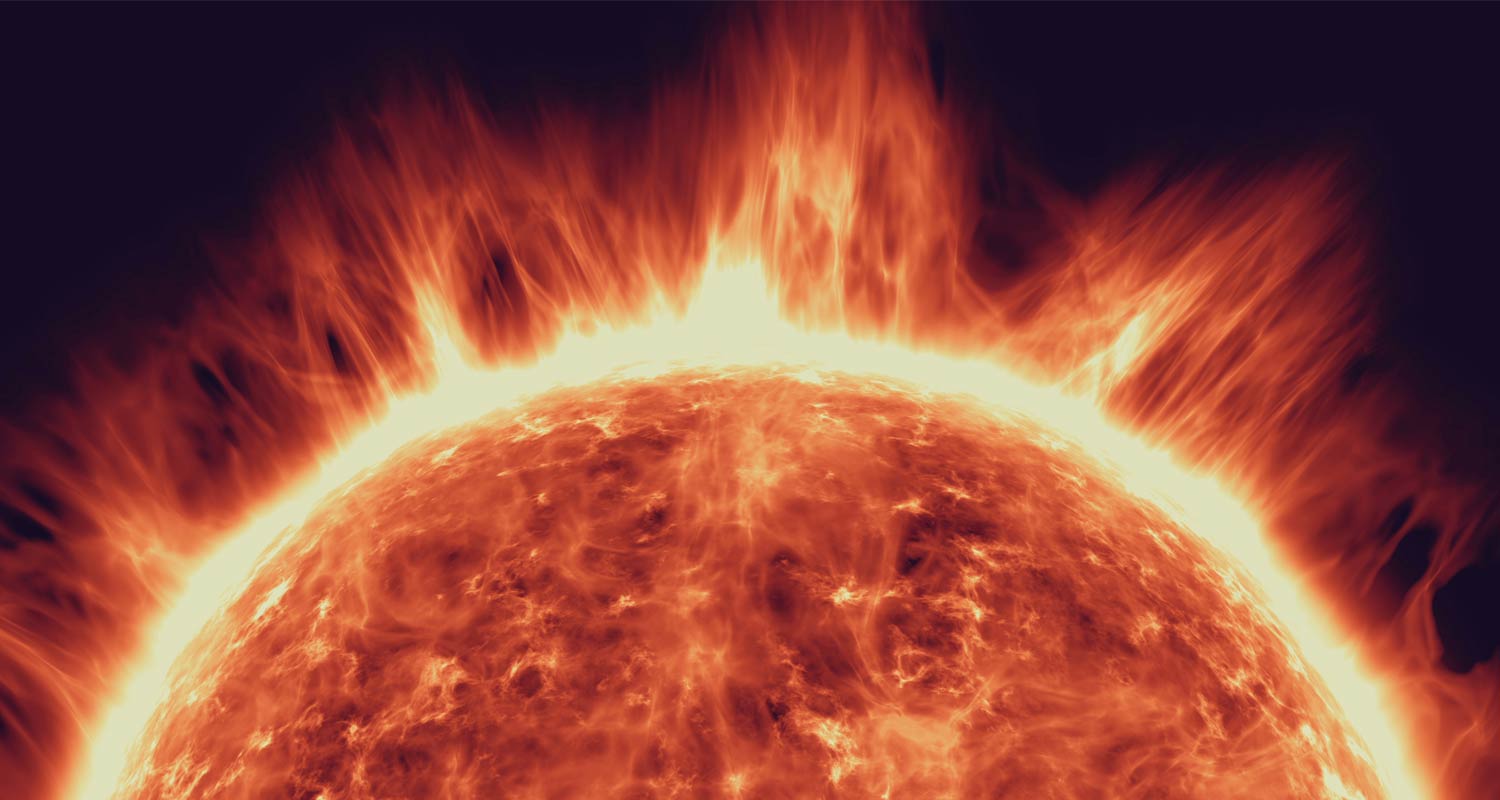 A severe solar storm this weekend threatens to trigger blackouts, disrupt navigation systems and knock out high-frequency radios around the world.
A severe solar storm this weekend threatens to trigger blackouts, disrupt navigation systems and knock out high-frequency radios around the world.
This is the first time since January 2005 that the US Space Weather Prediction Center has issued a G4 geomagnetic storm watch — the second highest on a five-step scale — as multiple waves of solar energy bear down on the planet.
Five eruptions of material from the sun’s atmosphere are forecast to arrive starting late on Friday and persist through to Sunday.
“Watches at this level are very rare,” the Space Weather Prediction Center said.
While people will be protected by Earth’s magnetic field, unprepared electrical grids can be disrupted, pipelines can be charged with current and spacecraft can be knocked off course. The last time Earth was hit by a G5 storm – the worst on the scale – was October 2003, causing power outages in Sweden and damaged transformers in South Africa.
The storm’s true power will be known about 60-90 minutes before it hits Earth as satellites measure inbound bursts of energy. Large parts of Asia, Europe and North America may be able to see an aurora, often called the Northern Lights, overnight where skies are dark and clear enough, the UK Met Office said. It is likely the aurora will be visible across the entire UK.
The culprit
In addition, trans-polar flights between Europe, Asia and North America will likely be rerouted to avoid increased radiation exposure for passengers and crews.
The culprit is a sunspot cluster visible on the right side of the sun’s disc that is 16 times wider than Earth. The sun, which rolls through an 11-year cycle in which the number of spots waxes and wanes, is approaching the peak of the current one that began in December 2019. — Brian K Sullivan, (c) 2024 Bloomberg LP




